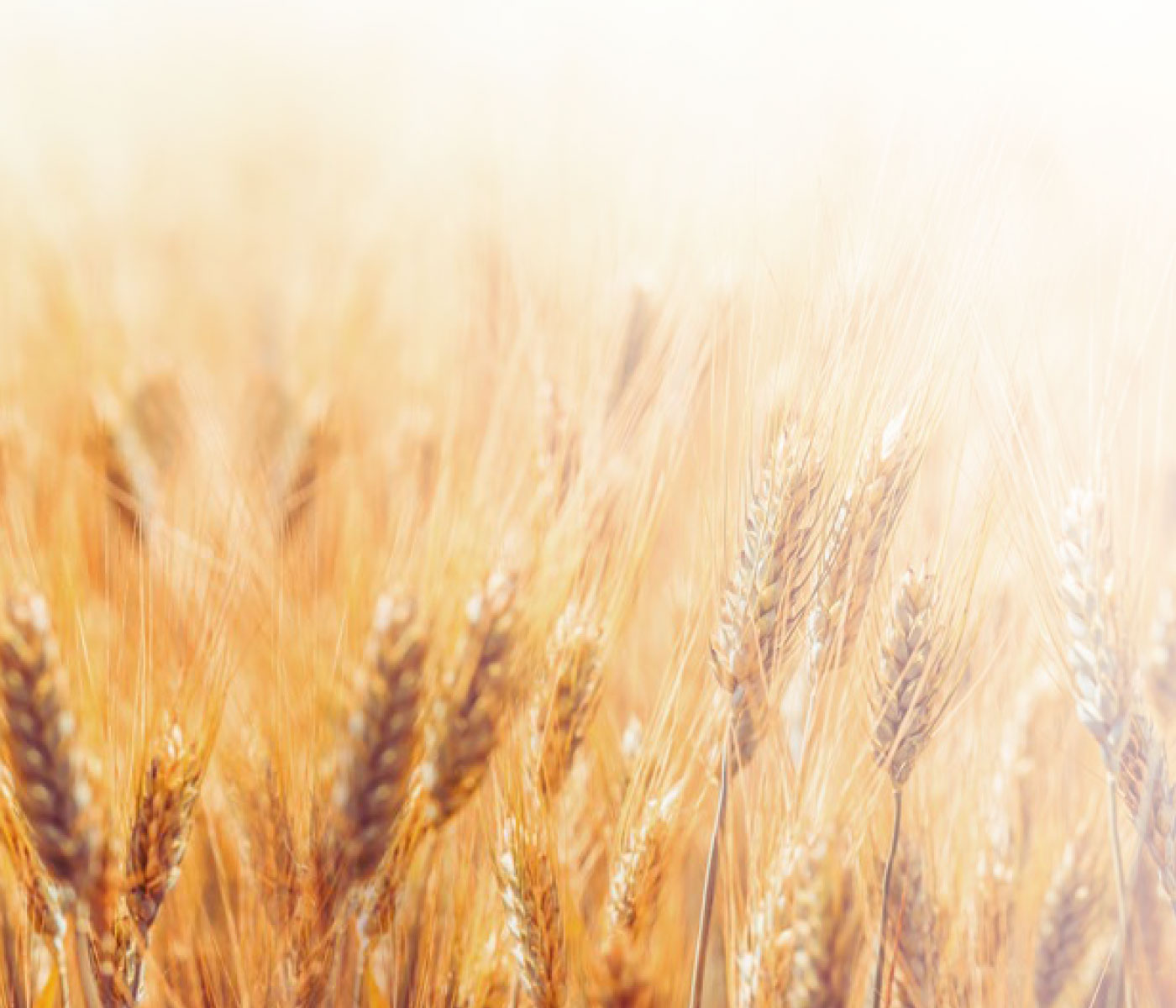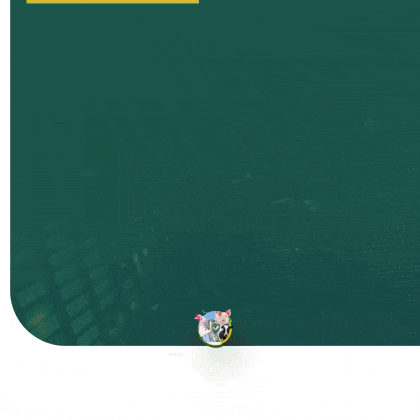The use of whole wheat as a supplement to commercial feed is not a new concept. In fact, it has been a common practice in Northern Europe for more than 30 years (Forbes and Covasa, 1995; Engberg et al., 2004). Unpigmented compound feed for meat chickens contains approximately 50-60% wheat.
Milling and granulation together with transport represent a high energy cost to manufacture one tonne of feed.
Hence, the high use of whole wheat in countries like Denmark where farmers grow the cereal and at the same time are dedicated to raising chickens.
In Spain, the main reason for the introduction of whole wheat in feed was to control the problem of wet beds, due to its effects on intestinal health and the functioning of the gastrointestinal tract (GIT) (Ravindran et al., 2006; Husveth et al., 2015).
The inclusion of whole wheat improves the functioning of the gizzard and reduces the incidence of proventriculitis so, despite the high cost, its use at a practical level increases.
Recent data on the benefit of whole wheat on economic performance is contradictory.
To ensure success, feeding based on the inclusion of whole wheat should be started no earlier than 7 days of age with levels below 5-8%.
In the finishing phase, levels around 4-5% are recommended, taking into account the possible problems in the slaughterhouse (contamination of the carcass and hours of fasting).
WHOLE WHEAT AND DIGESTIVE PHYSIOLOGY
In recent years, as a result of the ban on the use of antibiotics as preventives in the EU, the use of whole wheat has been extended to reduce the problem of wet litter and its impact on carcass quality.
In this particular, it has been shown that coarse grinding facilitates the functioning of the digestive system, with an improvement in the health status of the GIT of birds (Jiménez-Moreno et al., 2019).
To understand that whole wheat, at the physiological level, corresponds to the use of very coarse milling and therefore the physiological mechanisms that explain its activity are similar.
BENEFICIAL EFFECTS
The beneficial effects of coarse milling of ingredients (and therefore whole wheat) are related to improvements in the functioning of GIT and in particular gizzard, where it improves its function with an increase in size and a reduction in pH. This in turn benefits the activity of pepsin and enzymes.
A functional gizzard increases the intensity of antiperistaltic movements, improving wall motility and digestive mucosal integ...














